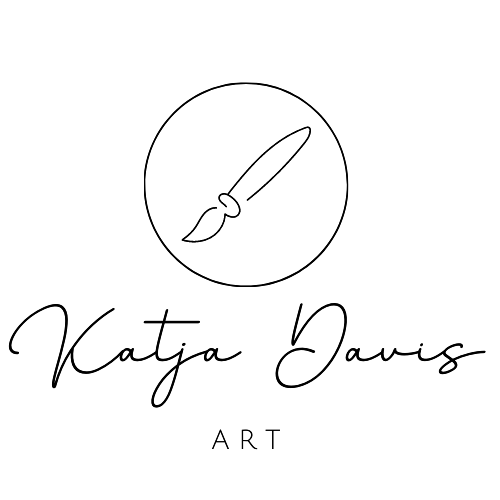Drawing Is A Superfood For The Analogue Starved Brain
In 2020, I founded a drawing school with the intention of making art accessible to everyone.
As a teacher, I’m passionate about helping people of all ages to reconnect with the real world around them in an increasingly abstracted and virtualized society. When it comes to children and young people in particular, learning how to draw is an excellent way for them to disconnect from their screens and reconnect to the neurologically rich analog reality of real life. Through mastering techniques such as realistic drawing, they can observe with greater appreciation and build a sense of connection to their environment.
This is why I believe learning how to draw is more than just acquiring a skill; it is about learning how to look closely at the world around us with an open heart and mind.
The Process of Seeing
Most of us spend most of our time inside our heads, overthinking every little thing. When you start to draw, it instantly helps to silence the inner critic thinking by allowing your mind to focus on something else. You focus on what’s right there in front of you instead of letting your thoughts run away with themselves.
Drawing can help you take control of your thoughts. With just a pen and paper, you are able to create something beautiful while calming an anxious mind and boosting your wellbeing by stimulating neglected circuits of the brain. As soon as the pencil hits that page, it helps draw focus away from mental chatter and opens up space for creativity!
Our hands and eyes literally become gatekeepers to our mental wellbeing, steering us away from overthinking. Unfortunately however, it often feels difficult for us to take advantage of this natural remedy. We resist it, like a stubborn patient refuses the medication that will cure them.
Our own blindness
Our minds are amazingly powerful, capable of taking in and processing massive amounts of data simultaneously. However, the vast majority of this data passes by unnoticed due to a phenomenon known as “inattentional blindness”—our brains simply aren’t wired to pay attention to everything around us.
Part of normal human development is learning to notice less than we are able to. The world is awash in details of color, form, sound — but to function, we have to ignore some of it. The world still holds these details. Children sense the world at a different granularity, attending to parts of the visual world we gloss over; to sounds we have dismissed as irrelevant. What is indiscernible to us is plain to them.
as cognitive scientist Alexandra Horowitz invites us to believe in her wonderful On Looking: Eleven Walks with Expert Eyes. Our creative capabilities are often hampered by modern society constantly demanding we use our logical side more - however, drawing lets us tap into that right-brain potential while looking at what is right in front of you.
The Educational System Is Biased Towards Left Brain Activity
Working in the field of art and drawing, I have discovered many amazing concepts related to Neuroscience.
Neuroscientists have studied how humans process information from the environment and how this information is then interpreted by the brain. They have found that when we draw, our brains process information differently than when we use words or other forms of communication. When we draw, our brains activate different networks than when we are simply thinking or talking about something. This means that when we engage in drawing, we are accessing different parts of the brain connected with visual processing and creativity.
Thus, drawing isn't just an artistic pursuit; it's also an effective way to tap into (ancient) parts of our brain that have no verbal means of communicating —only images. This part of the brain is often cut off from us due to our educational system’s bias towards left-brain thinking (verbal/analytical).
As a drawing teacher, I have been deeply inspired by neuroscience and a desire to help young people slow down, stop the overthinking and unlock their hidden potential through drawing. But surprisingly, they don’t teach drawing in many schools, as they would writing and they just leave it to the "naturally talented” (future Picassos), failing to unlock the ancient, non-verbal wisdom and potential in all our brains.
That’s a real pity!
The Benefits of Drawing
Drawing has the power to take us out of our heads and into an analog, direct experience with the world. Even if you don’t consider yourself an artist or have any experience of drawing, there is something very calming about simply connecting with your hand as you create shapes on paper. But also understanding that there is power in handmade works — especially in an increasingly digital age. This idea has been the focus of my work and why I founded a drawing school.
Maria Popova writes:
(…) in an age when we are likelier to view the world through our camera phones and likelier still to point those at ourselves rather than at nature’s infinite and infinitely overlooked enchantments. To draw today is to reclaim the dignity and private joy of seeing amid a culture obsessed with looking in public.
